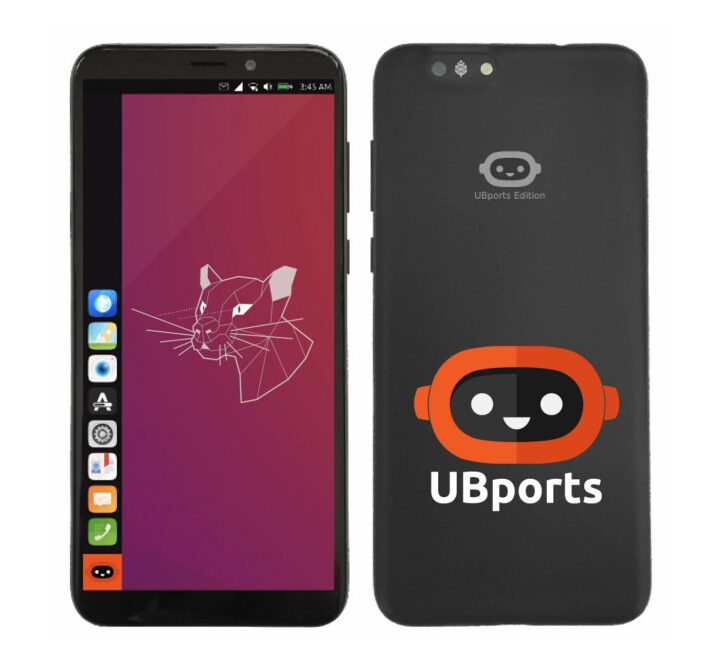UBPorts has just released Ubuntu Touch 20.04 OTA-3 based on Ubuntu 20.04 LTS with the latest security updates and beta support for PinePhone, PinePhone Pro, PineTab, and PineTab 2, adding to the smartphones already supported by Ubuntu Touch 20.04 OTA-2.
As a reminder, Ubuntu Touch was initially handled by Canonical for desktop/mobile convergence, but it was dropped when the company decided to refocus its efforts on cloud and IoT, and the UBPorts community took over and eventually outed the first stable Ubuntu Touch release in June 2017. The developers kept on improving the OS since then with new releases from time to time, but note that it should still be considered experimental only for most devices, and will not be suitable as a daily driver for the majority of people.
The PinePhone and PineTab have been supported by Ubuntu Touch for a few years, but they had their own branch and had yet to receive an Ubuntu Touch 22.04 release. The Ubuntu Touch 20.04 OTA-3 release changes with the addition of four Pine64 smartphones and tablets, plus 24 other Android/Linux smartphones with seven models currently recommended, namely the Fairphone 4, Google Pixel 3a and 3a XL, Vollaphone, Vollaphone X, Vollaphone 22, and Volla Phone X23. Those are recommended either because the companies (e.g. Volla and Fairphone) are directly involved in the development, or some devices (Google) are supported by maintainers with a good long-term track record.
Some other highlights of the Ubuntu Touch 20.04 OTA-3 release include:
- Content-hub API change and security fix
- hfd-service / lomiri-system-settings – Restore the ability to disable vibrations from notifications and other applications, which has been broken since the upgrade to Focal (Ubuntu 20.04).
- Switch the primary APN database provider to lineageos-apndb from mobile-broadband-provider-info for better support for mobile data and MMS.
- Location-service
- (Re-)Add gpsd provider (forward port from Ubuntu Touch 16.04, required for PinePhone mainline Linux devices)
- Expose ClientApplications D-Bus property to be queried by the Lomiri shell, so location-service clients can be granted some computation time for updating location data
- lomiri-keyboard – Keyboard layouts added or improved (Avro, Bengali traditional, Persian)
- System settings
- Rework UI and menu structure of security/privacy page(s)
- Reflect channel selection change on update settings page
- Preliminary Snap support
- QtMir – Add support for DSI as an internal display option (fixes shell rotation on PinePhone devices); re-enabled support for content-hub based clipboard (resolves copy+pasting between apps)
- Waydroid/QtMir – Adjust the calculation of available display size for Android apps (don’t cut off the bottom navigation buttons)
- Prevent Lomiri & lomiri-system-compositor from dying when running out-of-memory
- usb-moded – Extend tethering detection to CDC-{NCM,ECM}, adds support for USB tethering to e.g. the Fairphone 4
- FP4 and P3a specific enablements of Halium QSG. Halium QSG and schedtune enablement on the Pixel 3a and Fairphone 4 result in up to 10x performance improvements during GPU texture uploads
Other changes and fixes can be found in the announcement.
Via Liliputing

Jean-Luc started CNX Software in 2010 as a part-time endeavor, before quitting his job as a software engineering manager, and starting to write daily news, and reviews full time later in 2011.
Support CNX Software! Donate via cryptocurrencies, become a Patron on Patreon, or purchase goods on Amazon or Aliexpress





